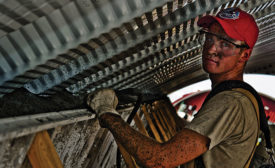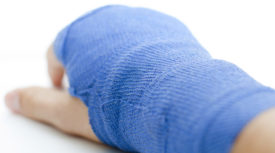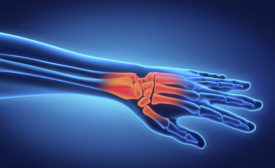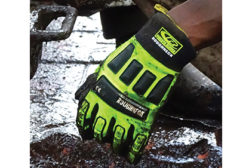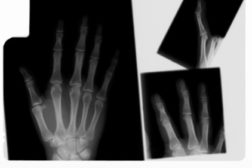Home » Keywords: » hand injury prevention
Items Tagged with 'hand injury prevention'
ARTICLES
A new ISEA standard protects against blows to the back-of-hand
Reduce sudden impact
September 1, 2018
Assess hazards, worker likes & dislikes & current usage
Evaluate your hand protection needs
February 1, 2017
Become a Leader in Safety Culture
Build your knowledge with ISHN, covering key safety, health and industrial hygiene news, products, and trends.
JOIN TODAYCopyright ©2024. All Rights Reserved BNP Media.
Design, CMS, Hosting & Web Development :: ePublishing

